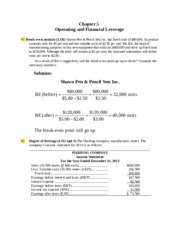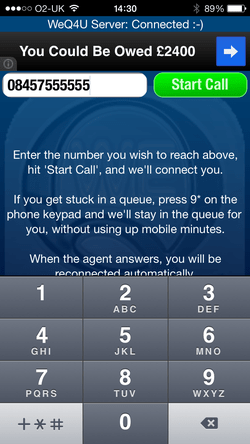
Ideally, you and your client have the same preferred communication channel. If you work across tools, though, you may need to get set up on a client’s chat app or invite them to yours. @Anonymous is the secret gatekeeper of all things checklist oriented with Intuit. We’ll email you 1-3 times per week—and never share your information.
How to Create an Effective Onboarding Checklist for Accounting and Bookkeeping Clients
Any agency or freelancer that’s ever dealt with a clingy client or a ghosting collaborator knows the importance of communication. In addition to setting expectations around response times, it helps to establish communication channels right from the start. Whether you’re using the checklist or using our complete guide, you’re on the right track to be an expert in no time. You could track all of these processes using a spreadsheet or Google Docs, but there’s no need to reinvent the wheel.
This allows you to fix any expense categories and give the client a sample output to review. Whether you’ve been a bookkeeper for decades or you’re just getting started, some of your clients will be using QuickBooks. If you’re taking over existing clients on QuickBooks, they might already have their books set up and running, and you’ll be stepping into a well-oiled machine.
Create ClickUp tasks for new Google Forms responses
This is pretty meta, but the first step in your customer onboarding template is onboarding new customers. Kicking off the project with a warm welcome starts the relationship on a positive note and sets expectations. In addition, here’s the client onboarding guide to QuickBooks online. Proactively tell the client when they can expect their books to be updated and how you will address any issues going forward.
- If that’s the case, you have to wait for the client to initiate this step—or nudge them to do so.
- We took a hard look at how we onboard new clients at Audience Ops, the blog content service that I started a few years earlier.
- But if you have a new client that hasn’t been using QuickBooks before, you should have a standard process for making sure that they’re set up correctly in the system.
- Automating even a few steps in your process can clear up mental space for more high-impact tasks.
- As we break down each step of the onboarding process, we’ll offer some tips on how you can put your operation on autopilot.
related articles you may like.
Instruct clients and their team members on how to manually enter financial transactions into QuickBooks Online, especially for transactions that may reciprocal method of allocation managerial accounting not be captured through automated processes. Enter all relevant information on the client, including the full company name, address, and preferred contact details. This will be used for invoicing, so it’s important to get it right.

Post messages to your Slack channel with new Dropbox files
Similar to your legal onboarding tasks, your financial steps might vary based on the client. For example, you likely have your own accounting or invoice software to manage, but you might need to work within your client’s payment platform of choice. Or maybe you have an invoice template you customize for each client. Start by collecting all your client’s financial data, including past accounting software files, spreadsheets, bank statements, invoices, and expenses. Ensure all of their financial data is accurately migrated or converted to your client’s QuickBooks Online account.
New business owners DO NOT use QB for invoicing or processing credit cards from clients. They do take your hard earned money from your clients but do not give it to you like they said they would. Its beyond the 5 day waiting period , its beyond the 2 day account what are notes to financial statements transaction review, its beyond weeks now! I initiated contact, not them like it should be when they hold your money for no reason with no explanation. DO NOT use them as you will never see your money nor ever get the courtesy of an explanation.
If you use statements of work to manage your project specs, here’s where you’ll sign one for your initial projects. In cases where your projects will be fairly similar, you can use this first statement of work as a base for its future counterparts. Make a copy, personalize it, and reference it every time you land a new client.
If they’re a new business, you’ll want to ensure that they get going on negative balance the right foot. And you’ll want to have a central location where you log agreed-upon rates for clients (if there’s any variation). If you require a deposit or payment upfront, now is the time to set that up, too.
wordpress theme by initheme.com

